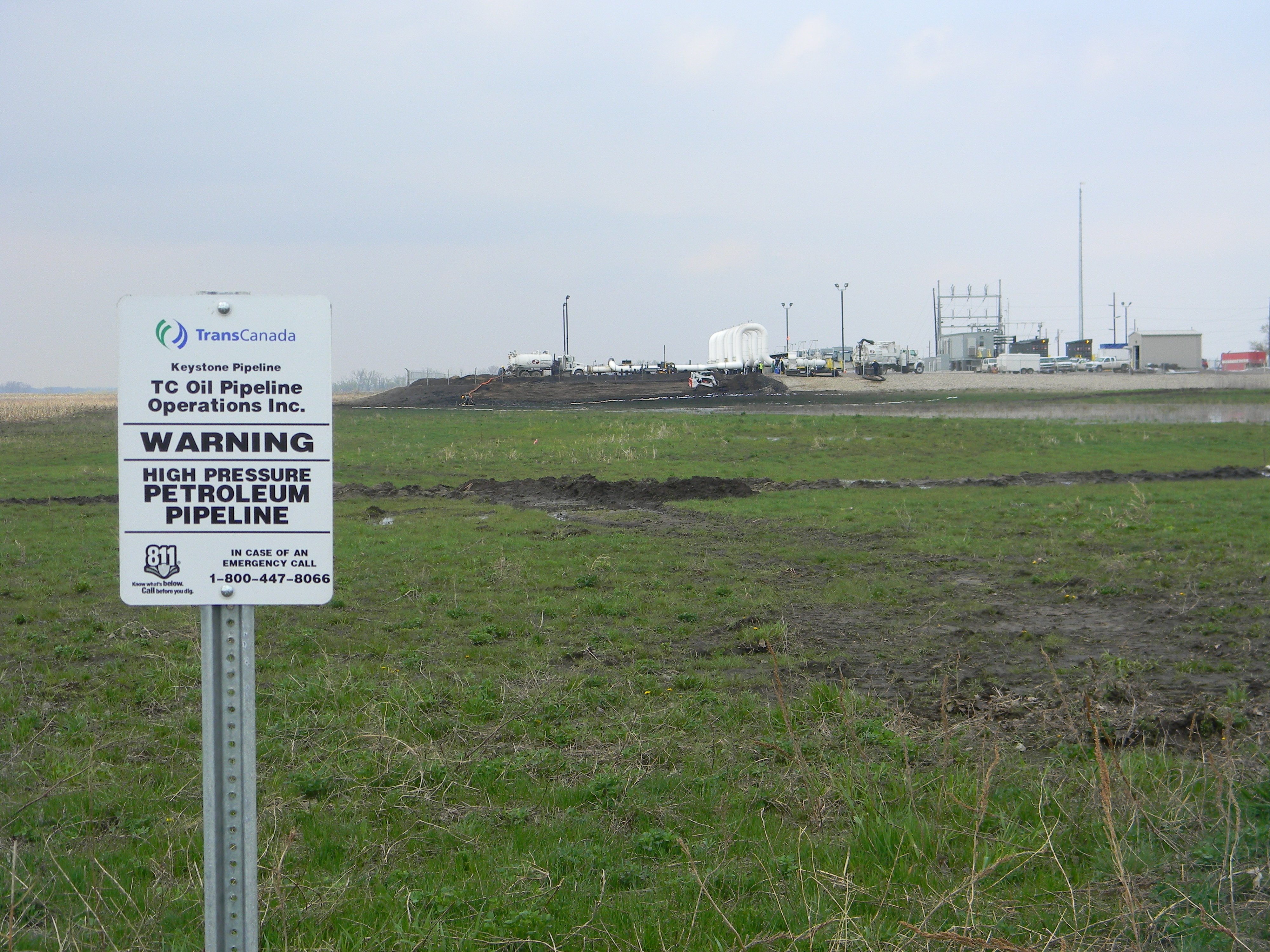The House and Senate Energy Appropriations Committees are beginning to work on the FY 2012 federal budget. That means they are beginning to decide the fate of the loan guarantee program for new nuclear reactor construction. The first vote in the House Appropriations Subcommittee on Energy is expected before June 2–within the next three weeks.
President Obama has asked that this program be increased by $36 Billion. That’s on top of the $10.2 Billion already in the program and the $8.3 already promised to Southern Company for construction of the Vogtle reactors in Georgia. Plus there is money for uranium enrichment plants in Idaho and Ohio.
Meanwhile, partly in response to the nuclear disaster at Fukushima, Japan–the world’s third and fourth largest economies–Japan and Germany are marching ahead with new energy policies that will focus on clean and safe renewable energy and energy efficiency.
According to a March 2011 poll conducted for the Civil Society Institute, 73% of the American people oppose federal loan guarantees for new nuclear reactors. An April 2011 ABC News/Washington Post poll found that 64% oppose new reactor construction entirely.
What you can do! National Nuclear-Free Call-In Day, Wednesday, May 18. Please call your members of Congress and demand an end to the nuclear loan program. The members of the House and Senate Appropriations Committees are listed below. It is especially important that these members receive your calls. You can reach every member of Congress at 202-224-3121
House Appropriations Committee
Republican Members:
* Hal Rogers, Kentucky, Chairman
* C.W. Bill Young, Florida
* Jerry Lewis, California
* Frank Wolf, Virginia
* Jack Kingston, Georgia
* Rodney Frelinghuysen, New Jersey
* Tom Latham, Iowa
* Robert Aderholt, Alabama
* Jo Ann Emerson, Missouri
* Kay Granger, Texas
* Mike Simpson, Idaho
* John Culberson, Texas
* Ander Crenshaw, Florida
* Denny Rehberg, Montana
* John Carter, Texas
* Rodney Alexander, Louisiana
* Ken Calvert, California
* Jo Bonner, Alabama
* Steve LaTourette, Ohio
* Tom Cole, Oklahoma
* Jeff Flake, Arizona
* Mario Diaz-Balart, Florida
* Charlie Dent, Pennsylvania
* Steve Austria, Ohio
* Cynthia Lummis, Wyoming
* Tom Graves, Georgia
* Kevin Yoder, Kansas
* Steve Womack, Arkansas
* Alan Nunnelee, Mississippi
Democrat Members
* Norman D. Dicks, Washington, Ranking Member
* Marcy Kaptur, Ohio
* Pete Visclosky, Indiana
* Nita Lowey, New York
* José Serrano, New York
* Rosa DeLauro, Connecticut
* Jim Moran, Virginia
* John Olver, Massachusetts
* Ed Pastor, Arizona
* David Price, North Carolina
* Maurice Hinchey, New York
* Lucille Roybal-Allard, California
* Sam Farr, California
* Jesse Jackson, Jr., Illinois
* Chaka Fattah, Pennsylvania
* Steve Rothman, New Jersey
* Sanford Bishop, Georgia
* Barbara Lee, California
* Adam Schiff, California
* Mike Honda, California
* Betty McCollum, Minnesota
Senate Appropriations Committee
Democrat Members
* Daniel Inouye, Hawaii, Chairman
* Patrick Leahy, Vermont
* Tom Harkin, Iowa
* Barbara Mikulski, Maryland
* Herb Kohl, Wisconsin
* Patty Murray, Washington
* Dianne Feinstein, California
* Dick Durbin, Illinois
* Tim Johnson, South Dakota
* Mary Landrieu, Louisiana
* Jack Reed, Rhode Island
* Frank Lautenberg, New Jersey
* Ben Nelson, Nebraska
* Mark Pryor, Arkansas
* Jon Tester, Montana
* Sherrod Brown, Ohio
Republican Members
* Thad Cochran, Mississippi, Vice Chairman
* Mitch McConnell, Kentucky
* Richard Shelby, Alabama
* Kay Bailey Hutchison, Texas
* Lamar Alexander, Tennessee
* Susan Collins, Maine
* Lisa Murkowski, Alaska
* Lindsey Graham, South Carolina
* Mark Kirk, Illinois
* Dan Coats, Indiana
* Roy Blunt, Missouri
* Jerry Moran, Kansas
* John Hoeven, North Dakota
* Ron Johnson, Wisconsin
Read Full Post »






